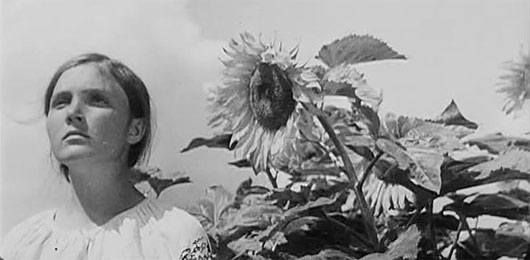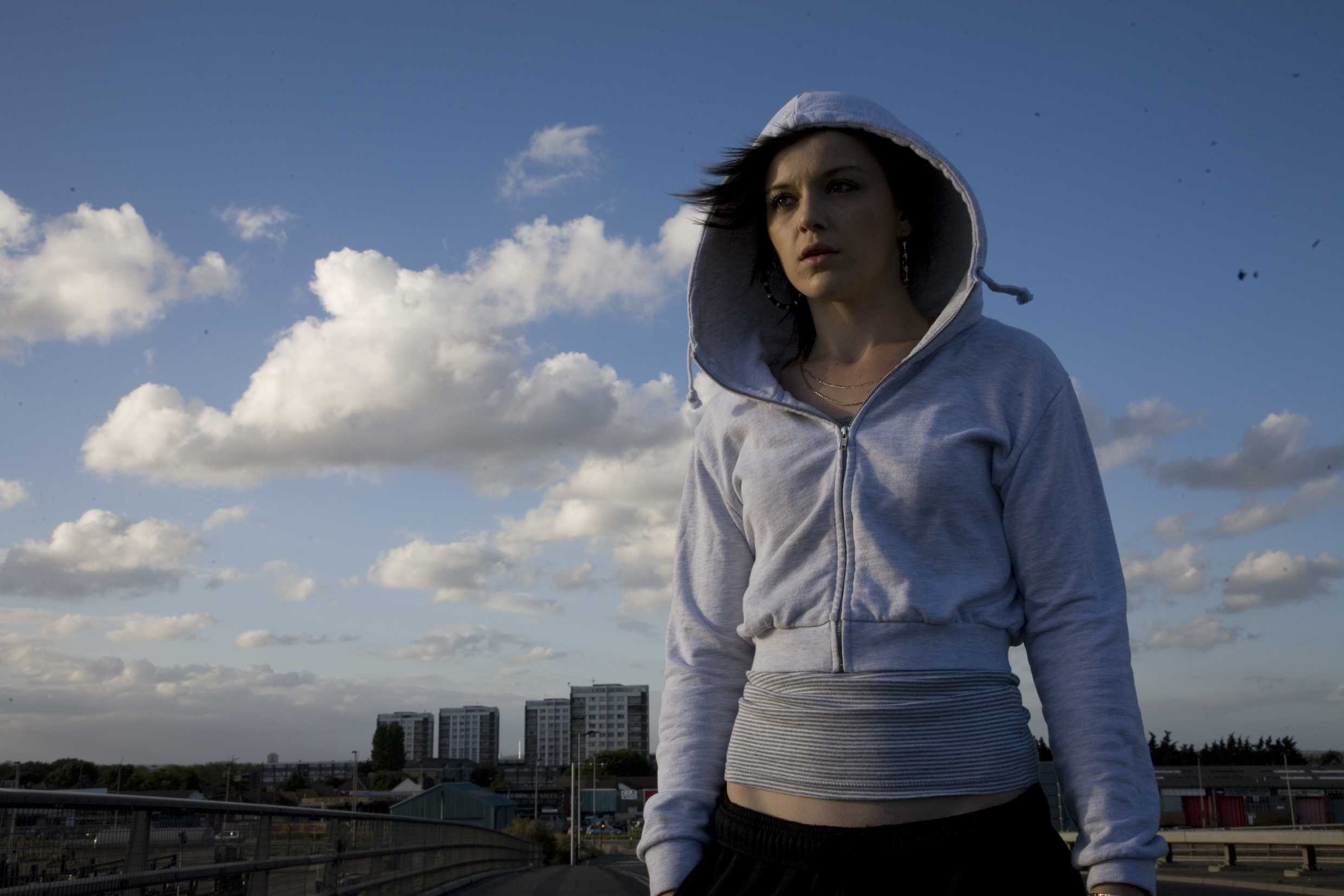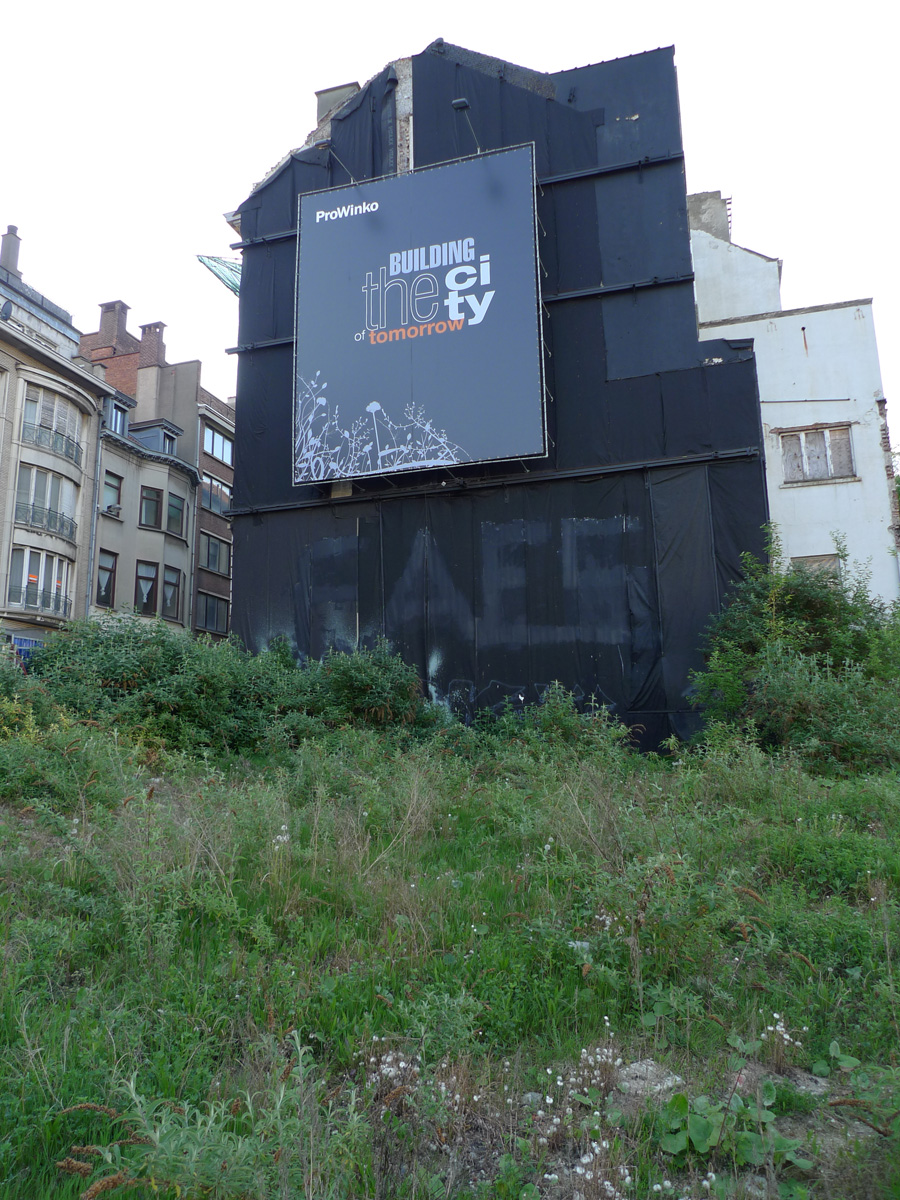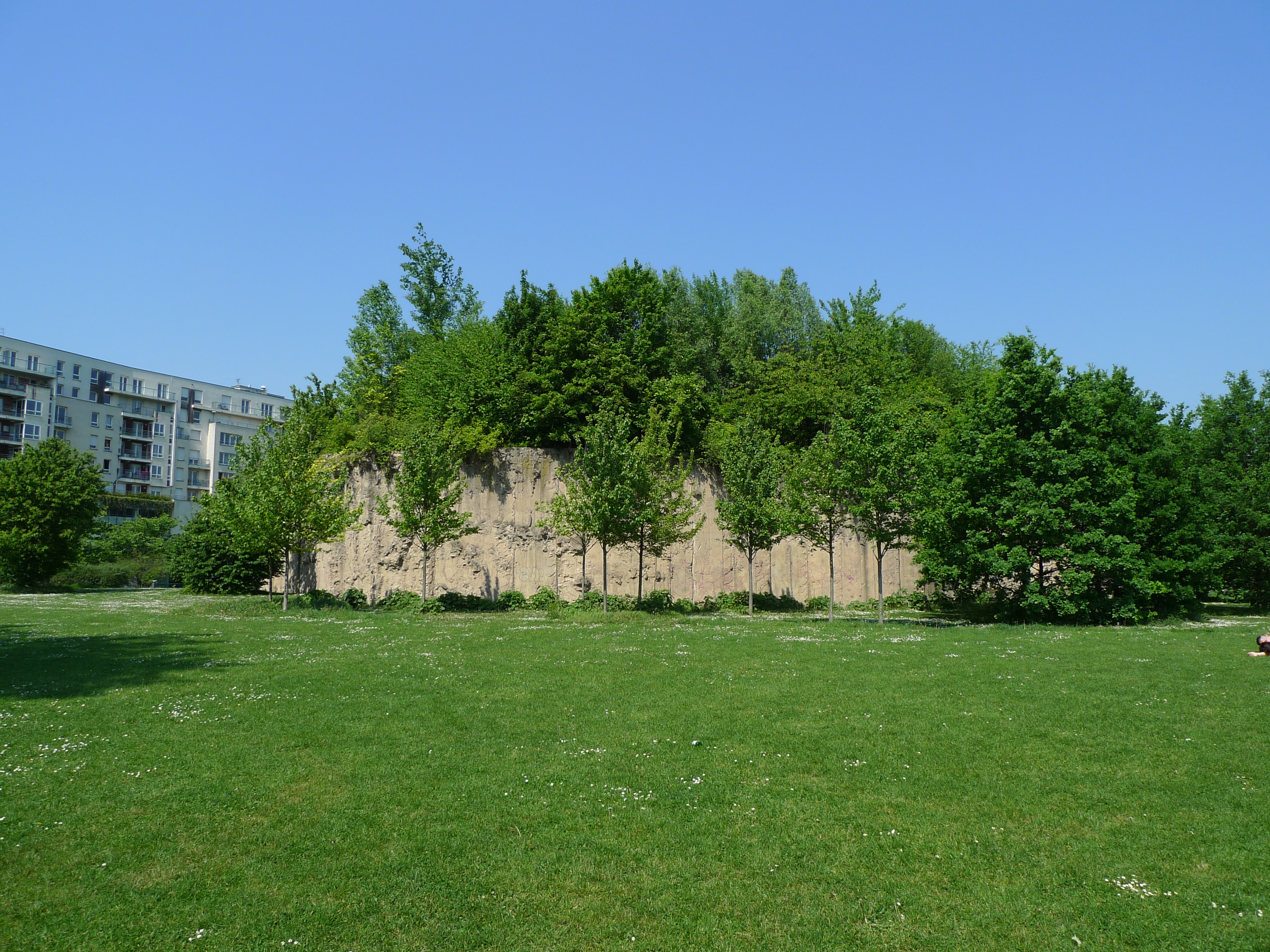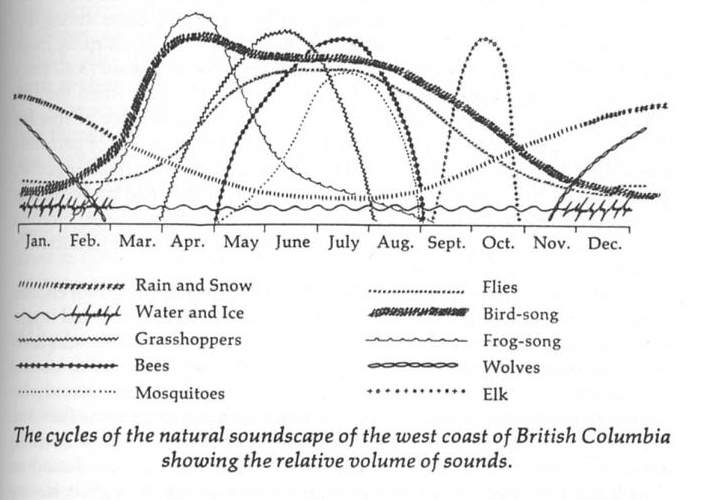A couple of weeks ago I attended a conference in Brussels and was intrigued by an “empty space” just next where I was staying in the centre of the city. Bordering the busy Avenue de la Toison d’Or is a large plot of land — overlooked by billboards announcing the imminent “city of tomorrow” — that is currently a jumble of rubble and weeds fenced off from the rest of the city. Having climbed through the wire mesh on a bright Sunday morning I wondered whether this might be the kind of space that the Spanish architect Ignasi de Solà-Morales has termed terrain vague.
In an essay published in the collection Anyplace, Solà-Morales sets out his definition of terrain vague in some detail. He begins by locating the concept within the history of urban photography:
“Empty, abandoned space in which a series of occurrences have taken place seems to subjugate the eye of the urban photographer. Such urban space, which I will denote by the French expression terrain vague, assumes the status of fascination, the most solvent sign with which to indicate what cities are and what our experience of them is.”
Having explored the origins of the word vague and its “triple signification” as “wave”, “vacant” and “vague” he then adds:
“Unincorporated margins, interior islands void of activity, oversights, these areas are simply un-inhabited, un-safe, un-productive. In short, they are foreign to the urban system, mentally exterior in the physical interior of the city, its negative image, as much a critique as a possible alternative.”
And then a few paragraphs later the crucial sentence that seems to capture perfectly the essence of this plot of ground in Brussels:
“When architecture and urban design project their desire onto a vacant space, a terrain vague, they seem incapable of doing anything other than introducing violent transformations, changing estrangement into citizenship, and striving at all costs to dissolve the uncontaminated magic of the obsolete in the realism of efficacy.”
The concept of terrain vague seems, however, to be overwhelmingly visual in its scope. It is difficult to connect the essentially aesthetic response of Solà-Morales to a consideration of how such anomalous spaces appear and disappear within the city and how they might connect with or illuminate wider processes of urban transformation. In the case of the Brussels quarter of Ixelles/Elsene this is an area that is undergoing rapid change: a vibrant predominantly Congolese community is being gradually squeezed out, house by house, to enable a new kind of “international city” to be created. In fairness to Solà-Morales his concept is rooted in the history and theory of urban photography but how do images intersect with urban theory? And what can “territorial indications of strangeness” — to use another phrase of Solà-Morales — actually reveal about the urban process? It may be that terrain vague cannot easily be used in isolation and is best considered as one of a number of interesting terms that adds to the lexicon of urban thought. And of course there is a contradiction to my response to Solà-Morales since I am also wandering around the streets of a city I hardly know with a camera in my hand.
